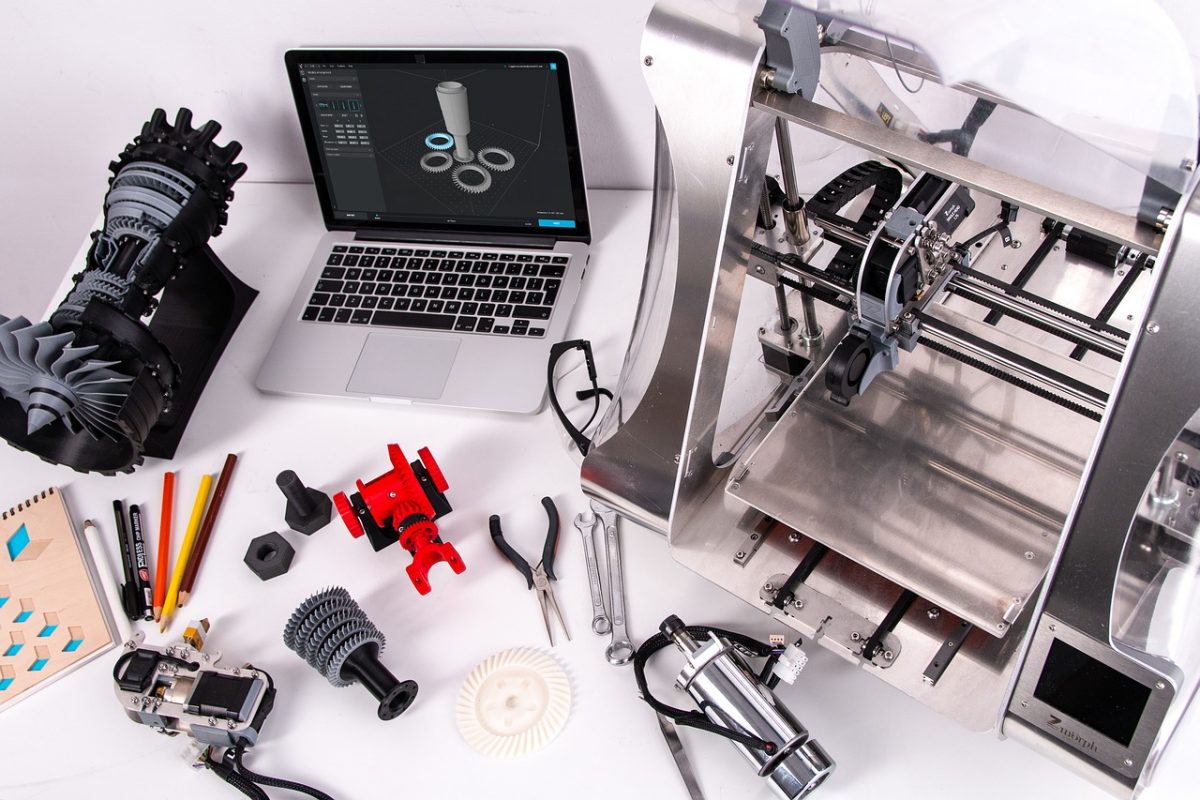
3D printing, also referred to as additive manufacturing, turns a digital computer-aided design (CAD) into physical products by forming input substrate materials using a layer-upon-layer method of Printing.
There is still a lot to be done before 3D printing will scale and become an everyday technology, but we are closer than ever. For example, NASA launched a $3.5 million 3D-printed habitat challenge competition to advance the technology to rapidly create sustainable housing solutions for Earth and Mars, with emphasis on the speedy and effective deployment of housing in malevolent conditions. Additionally, robotic construction techniques using 3D printing will allow for more sustainable exploration missions.
Besides robotic building construction on earth and Mars, here are ways 3D printing will change the world.
Democratization of Production
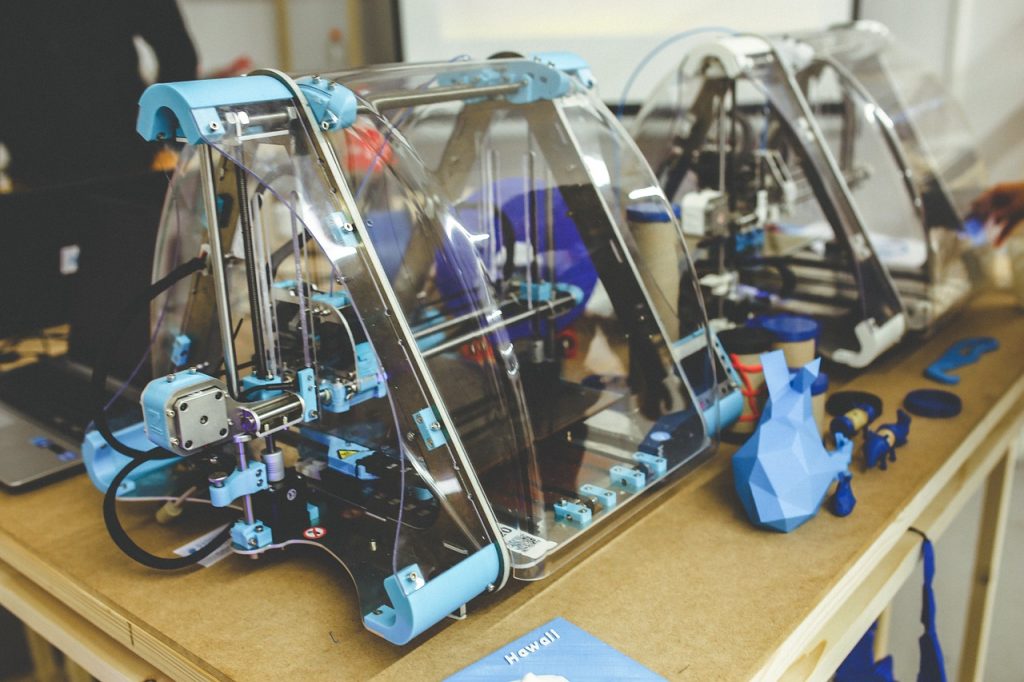
3D printing will disrupt the manufacturing value chain by:
- Giving end-users the ability to create and print custom designs at short notice.
- Shortening the production cycle by reducing the lead time between design, prototyping, and mass manufacture to a few days.
- With the end-users so close to the point of manufacture, 3D printing reduces negative customer feedback as well as waste incurred at production.
- 3D printing removes complexity from manufacturing; no matter how complex your plan, you don’t need complex tooling or forging to bring your design to life; the printer deconstructs your complexity layer by layer while reducing the cost of production, compared to traditional methods.
“With 3D printing, complexity is free. The printer doesn’t care if it makes the most basic shape or the most complex shape, and that is completely turning design and manufacturing on its head as we know it.” — Avi Reichental, President & CEO, 3D Systems
Bioprinting
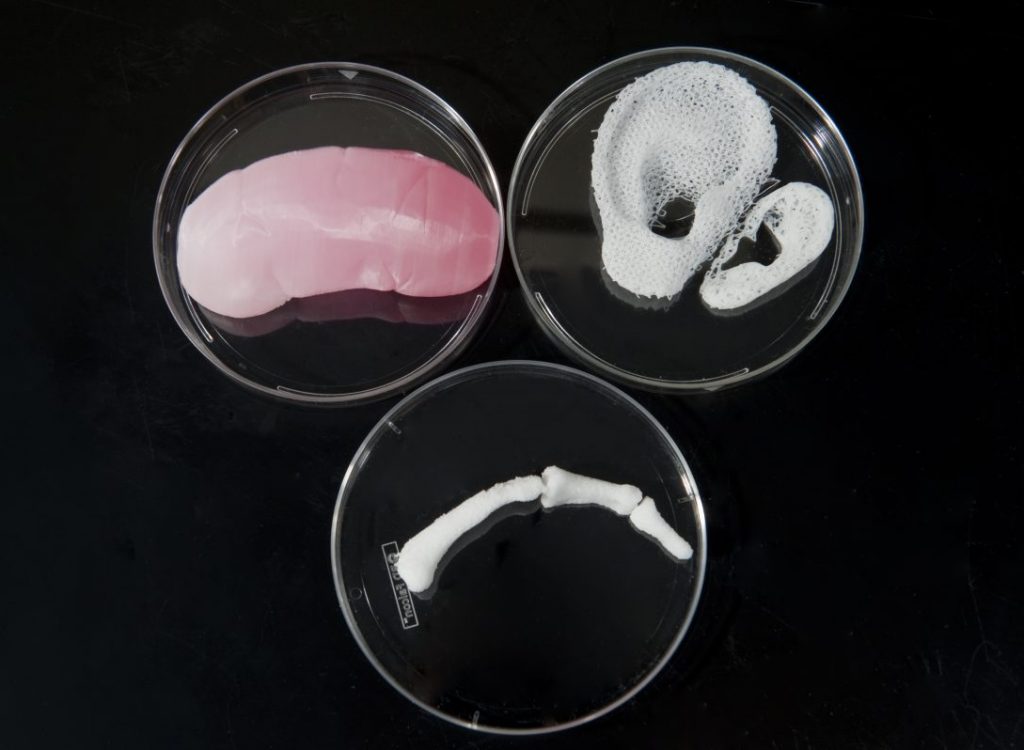
Bioprinting is an offshoot of traditional layer-by-layer 3D Printing with biomaterials (human cells) focused on producing living tissue, blood vessels, and organs for biomedical use.
Bioprinting is evolving slowly compared to mainstream 3D Printing because the human body is very complex to understand. With over 100 billion neurons, the human brain is the most complex object in the universe.
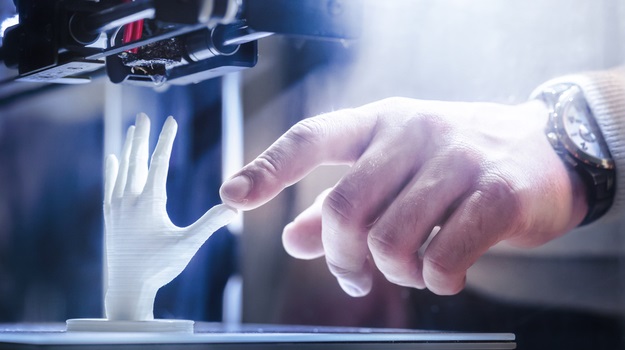
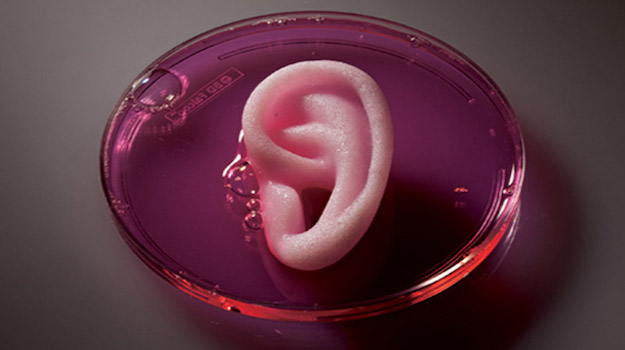
Though there is still a long road ahead, Bioprinting is exciting because it enables personalized treatments with the printing of individual and targeted tissues. If your kidney, liver, or heart fails, we can print you a new one. Personalized prosthetics currently demonstrate the power of synergy between medicine and 3D printing. Welcome to the future of medicine!
3D Metal Printing
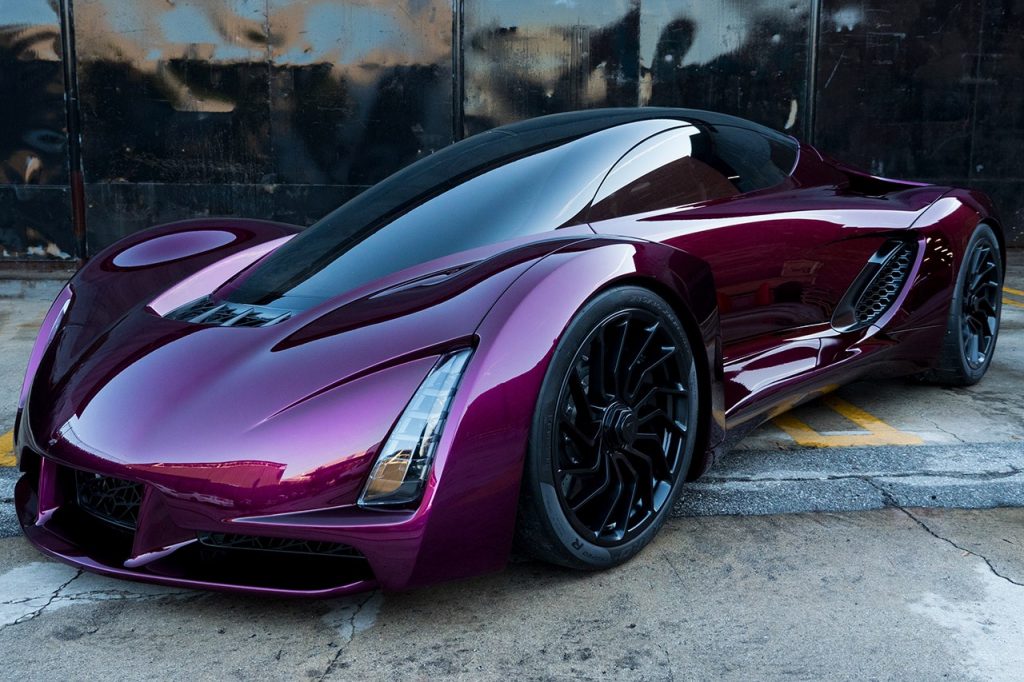
Direct Metal Printing (DMP) is the crown jewel of 3D printing technology; it is an additive manufacturing process that builds high-quality complex metal parts from 3D CAD data. It enables the creation of machine parts previously thought impossible (in subtractive manufacturing, casting, and forging) due to complex shapes.
DMP is critical in industries because:
- It allows for the production of intricate and minute machine parts without incurring any extra cost on tooling
- Rapid design and prototyping at the tightest tolerance
- Optimizes design and manufacture by reducing the gap between aesthetics and functionality. Removing complexity from design creates room for better models with better load and strength spread.
- Increasing the number of metal alloys that can be 3D printed.
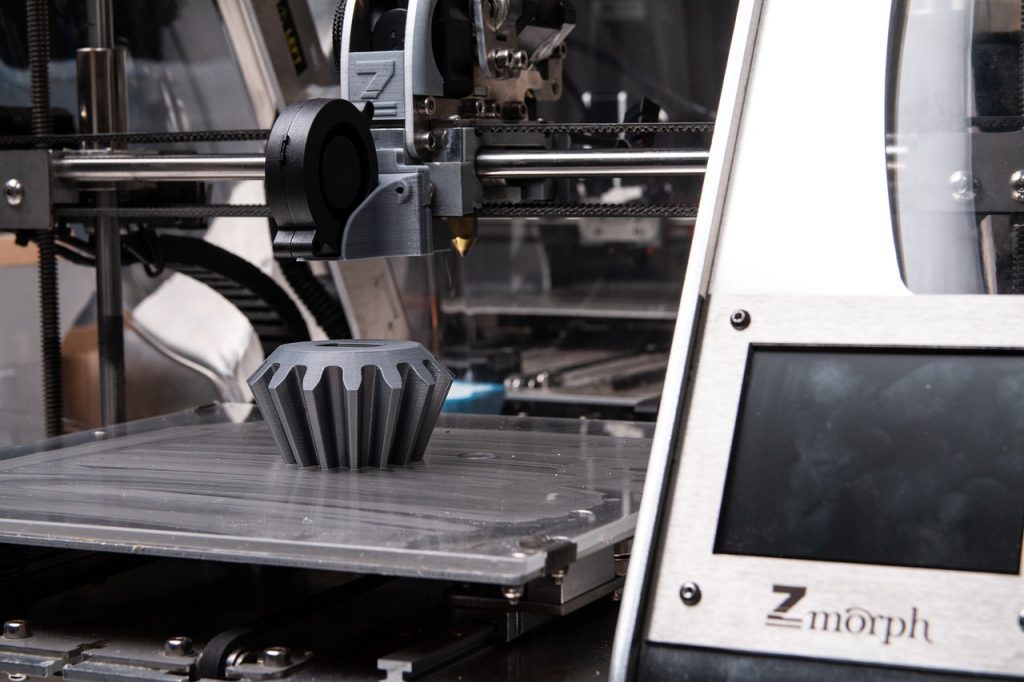
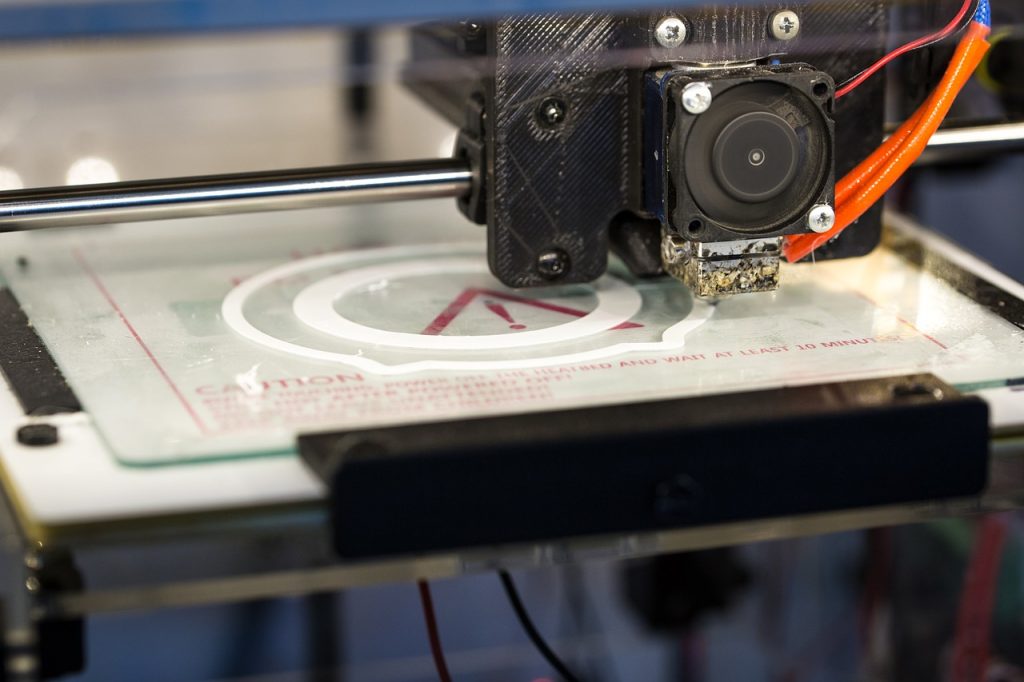
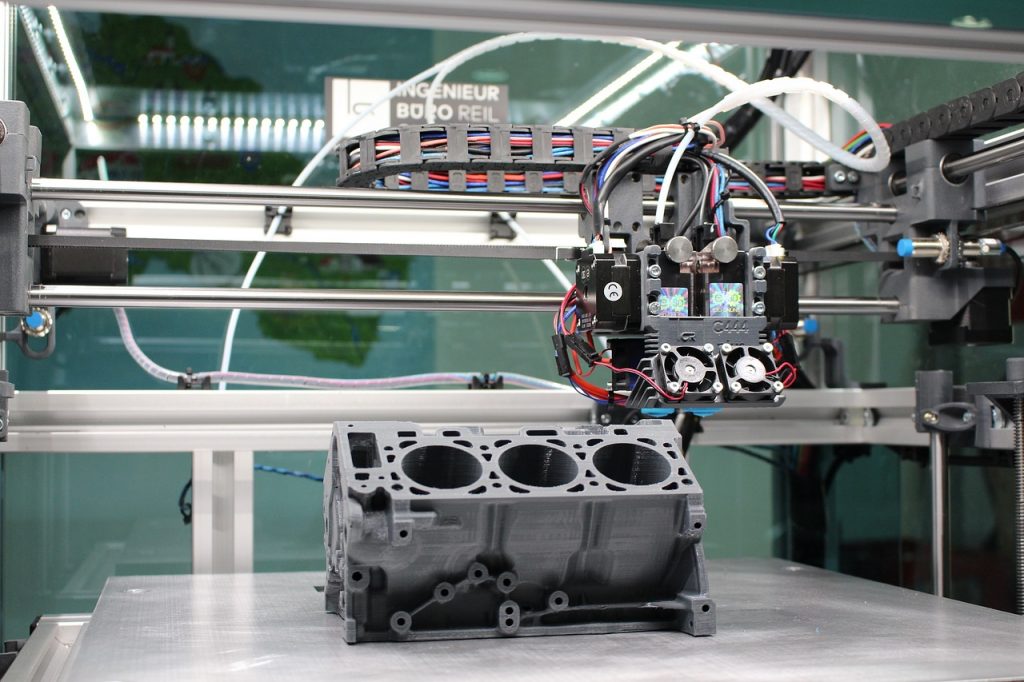
The 3D-printing industry has only one way to go—up. At its peak, 3D printing will disrupt traditional manufacturing by opening the space as well as improve productivity by reducing the lead time between thoughts and products.

